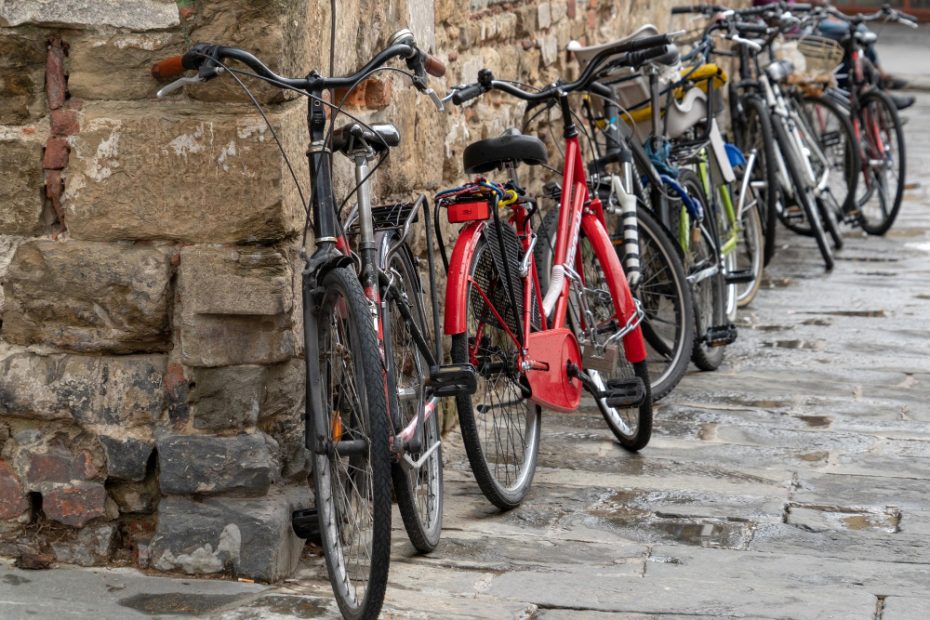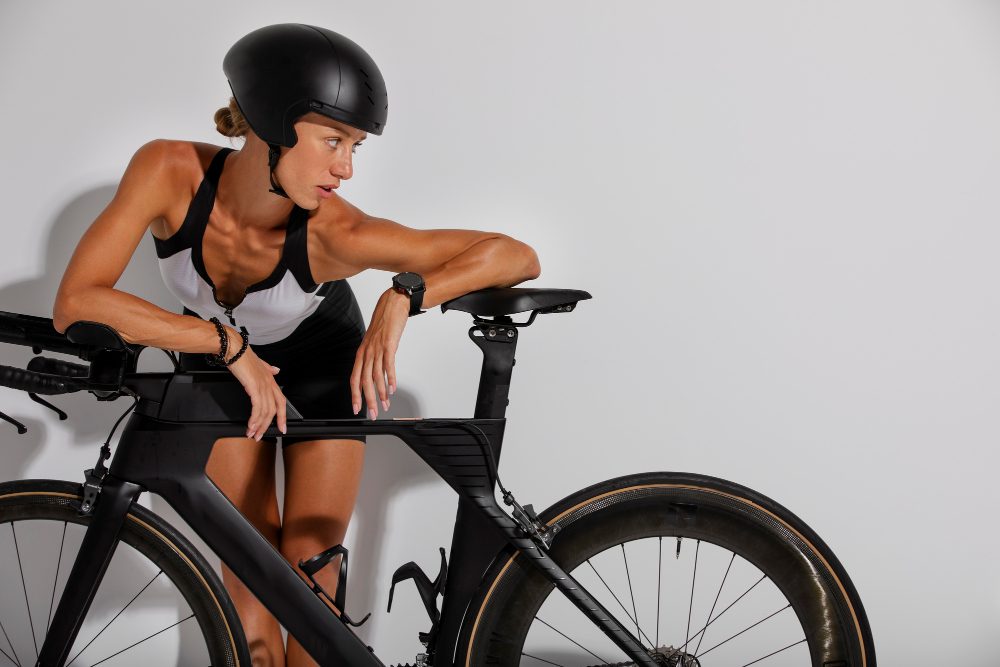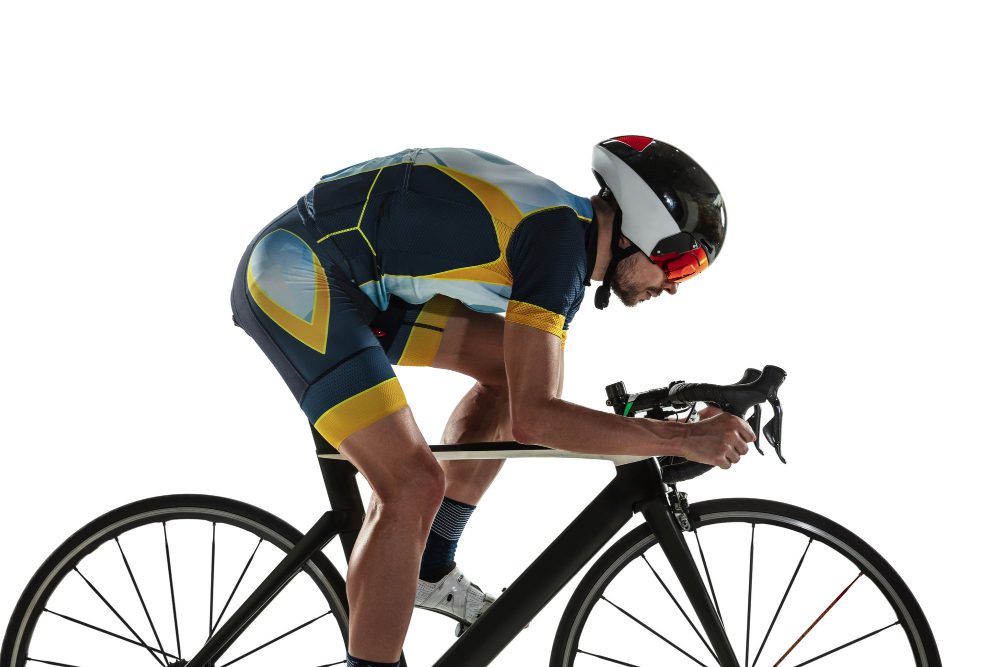Are TT and Tri bikes the same?
In the world of cycling, time trial (TT) and triathlon (Tri) bikes are often spoken of interchangeably. However, while these two types of bicycles may seem similar at first glance, there are distinct differences between them that make each one uniquely suited for its specific purpose.
The Purpose of Time Trial Bikes
Time trial bikes are designed with the primary goal of going as fast as possible in a straight line. These bikes are built for aerodynamics, with features such as deep-section wheels, aerodynamic frames, and aero handlebars that allow the rider to take a more streamlined position.
With their focus on speed and efficiency, time trial bikes excel in racing against the clock. They are commonly used in individual time trials, where riders compete to complete a set distance in the fastest time possible. TT bikes are not typically used in mass-start races or group rides, as their design sacrifices some handling and maneuverability for the sake of aerodynamics.
The Role of Triathlon Bikes
Triathlon bikes, on the other hand, are specifically built for the multi-disciplinary sport of triathlon, which combines swimming, cycling, and running. Triathlon bikes must not only be fast but also provide comfort and efficiency over longer distances.
One key feature of triathlon bikes is their ability to accommodate aero bars, which allow triathletes to rest their forearms and adopt a more aerodynamic position while cycling. These bikes also often have a steeper seat tube angle, which helps open up the hip angle and preserve running muscles for the final stage of a triathlon.
Differences in Geometry
The geometry of time trial bikes and triathlon bikes differs to suit the demands of their respective sports. TT bikes tend to have a more aggressive geometry, with a steeper seat tube angle and a shorter wheelbase, allowing for quick acceleration and efficient power transfer.
Triathlon bikes, on the other hand, prioritize stability and endurance. They typically have a slacker seat tube angle, which helps in maintaining a more comfortable position during long rides. The longer wheelbase of triathlon bikes also contributes to stability, especially when navigating through crowded transition areas during a race.
Quote: “Time trial bikes are like Formula 1 cars, built for pure speed, while triathlon bikes are more akin to endurance racing vehicles, designed to perform well over long distances.” – Cycling Pro
Similarities and Overlapping Features
Despite these differences, there are also some overlapping features between time trial and triathlon bikes. Both types of bicycles prioritize aerodynamics, with manufacturers constantly striving to reduce wind resistance and improve overall speed.
Additionally, both TT and Tri bikes often feature integrated storage solutions, allowing riders to carry nutrition, spare tubes, and other essentials without compromising aerodynamics.
Can you Supertuck on a TT bike?
The Supertuck, a controversial cycling position that involves tucking in and crouching low on the bike to improve speed, has gained popularity in recent years. However, this position is typically seen on road bikes during descents and not on time trial (TT) or triathlon (Tri) bikes. But can you still Supertuck on a TT bike?
The short answer is no. TT bikes are specifically designed for aerodynamics and speed, with a focus on maintaining a low and forward position to reduce wind resistance. The Supertuck position, which involves sitting back on the saddle and tucking in your chest, goes against the principles of a TT bike’s design.
TT bikes feature a more aggressive geometry, with steeper seat tube angles that position the rider further forward over the bottom bracket. This helps to maximize power output and reduce drag. The rider’s body is kept in a lower, flatter position to optimize aerodynamics.
While the Supertuck might be effective on a road bike, it is not recommended on a TT bike due to the potential impact on handling and control. Time trial bikes are built for stability at high speeds, and any sudden weight shifts or changes in body position can compromise stability and safety.
Additionally, most triathlons have specific rules regarding aerodynamic positioning and equipment, and the Supertuck is unlikely to comply with these regulations. It is essential to familiarize yourself with the rules of the event before attempting any unconventional positions on your TT or Tri bike.
In conclusion, while the Supertuck has its benefits on a road bike, it is not recommended or suitable for a TT bike. Stick to the aerodynamic position designed for your TT bike to optimize speed and safety.



